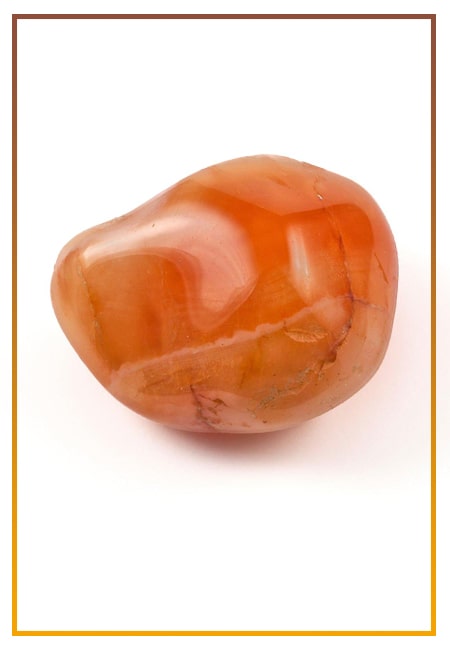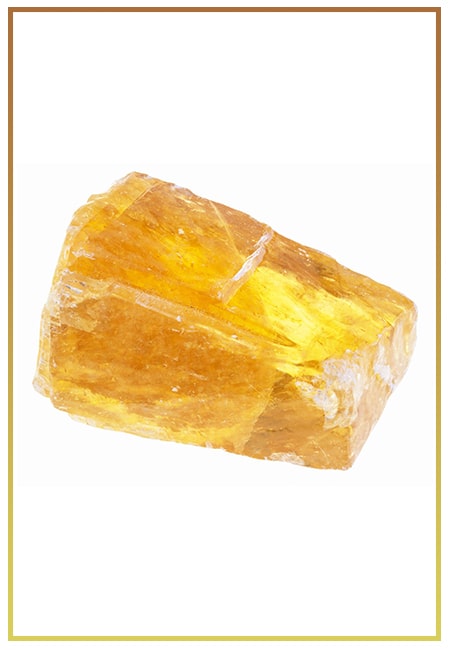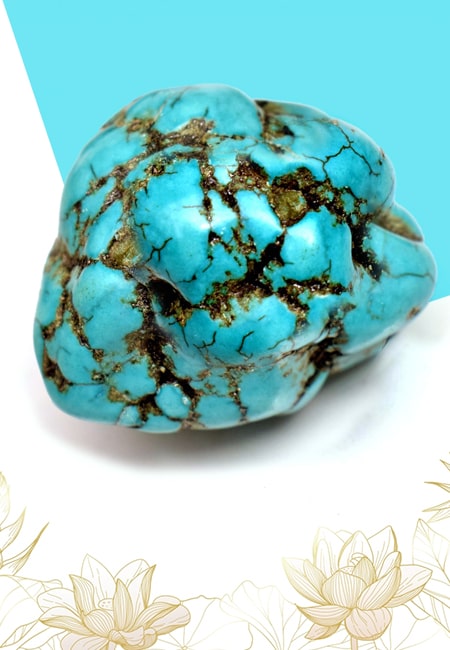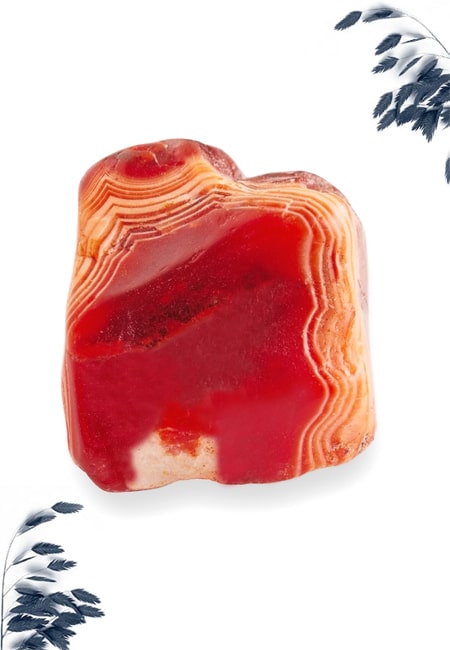- Written By Team DWS
- Festivals
- June 20, 2025
10 Amazing Cat Facts You Didn't Know for International Cat Day
As cat lovers around the world come together to celebrate International Cat Day, it’s the perfect opportunity to deepen our appreciation for our fluffy companions. Cats have captivated humans for millennia, serving as both pets and symbols in various cultures. Beyond their adorable antics and comforting purrs, cats harbor a wealth of intriguing characteristics and behaviors that many of us might not be aware of.

Here are ten amazing cat facts you didn’t know!
1. Cats Have a Unique Communication System
While we often think of meowing as a universal sound that cats make, it's worth noting that adult cats typically use this vocalization almost exclusively to communicate with humans rather than other cats. In the feline world, cats communicate using a range of sounds, body languages, and pheromones. They may purr, hiss, or growl to convey their feelings, but when they meow, it's usually to gain our attention or express their needs.
2. Their Whiskers Are More Than Just Cute
Those adorable whiskers are far more than a feline fashion statement. Cat whiskers, or vibrissae, are vital sensory tools that help them navigate their environment. These specialized hairs can detect changes in airflow, allowing cats to sense nearby objects—even in complete darkness. Whiskers are also roughly as wide as a cat's body, helping them determine whether they can fit through tight spaces. So, next time you see your cat squeezing through a narrow gap, know that their whiskers are guiding the way!
3. Cats Can Make Over 100 Different Sounds
Humans have a limited vocal range, typically producing around a few dozen sounds. In contrast, cats can produce over 100 distinct vocalizations! From a soft trill to a deep growl, each sound can convey different emotions and intentions. This incredible vocal repertoire helps cats express themselves uniquely, depending on their mood or the message they wish to communicate, making them excellent companions who can convey their feelings in various ways.
4. They Can ‘Chirp’ and ‘Chatter’
You may have noticed your cat making strange chirping or chattering sounds, particularly when watching birds or small animals. This behavior is believed to be a hunting instinct, showcasing their excitement or frustration. Some experts theorize that it could even mimic the sound of prey to throw them off guard, although this remains a topic of ongoing research. Whatever the reason, it’s a quirky reminder that our domestic cats still hold onto their wild instincts!
5. Cats Have a "Third Eyelid"
Believe it or not, cats have a secret eyelid that many pet owners may not even know about! Called the nictitating membrane, this third eyelid sweeps across the eye to provide extra moisture and protection. You may notice this mysterious eyelid occasionally peeking out when your cat is sleepy or relaxed, and it’s a sign of a healthy feline. If you see it protruding when your cat is awake, however, it could indicate health concerns, and a trip to the vet may be necessary.
6. The “Cat Righting Reflex”
Cats are renowned for their ability to land on their feet, a skill attributed to their “righting reflex.” When a cat falls, it can twist its body mid-air to reorient itself and land safely on its feet. This impressive ability is developed from a young age; kittens typically learn to right themselves by the time they are three to four weeks old. This innate skill is due to their flexible spine and lack of a collarbone, allowing them to rotate their bodies with impressive agility during free falls.
7. They Can Dream Like Humans
Just like humans, cats experience REM (Rapid Eye Movement) sleep, which is the sleep stage where dreams occur. If you’ve ever seen your cat twitching or moving their paws while in a deep slumber, they might be dreaming! Researchers believe that cats often dream about their daily experiences, whether it’s hunting, playing, or other activities. Which adds a charming layer to how we perceive our furry friends—a little glimpse into their imaginative worlds!
8. Cats Can’t Taste Sweetness
It’s a surprising fact that cats are obligate carnivores, and their taste buds reflect this dietary requirement. Unlike humans and some other animals, cats lack the taste receptors for sweetness. This means they’re indifferent to sweet flavors, which makes sense given that their natural diet consists mainly of protein from animal sources. Instead of craving dessert, your cat is more likely to be intrigued by the smell of a fish treat or a piece of chicken!
9. Cats Often “Knead” with Their Paws
If you’ve caught your cat pushing their paws rhythmically against a soft surface, you’ve witnessed a behavior known as “kneading” or “making biscuits.” This comforting behavior originates from their kitten days when they kneaded their mother’s belly to encourage milk production. Even as adults, cats maintain this habit to express relaxation and happiness. Kneading can also be a way for them to mark their territory, as their paws have scent glands that release their unique scent onto the surface they are kneading. So, when your cat 'makes biscuits' on your lap or blanket, it's a lovely reminder of their bond with you and a sign that they feel safe and happy!
10. The Ancient Relationship Between Cats and Humans
The bond between cats and humans stretches back thousands of years. Cats were domesticated around 9,000 years ago in the Near East, where they were drawn to human settlements by the abundance of rodents attracted to stored grains. Over time, humans came to appreciate the pest control services provided by these furry companions, leading to a mutually beneficial relationship. Furthermore, in ancient Egypt, cats were revered as sacred animals, symbolizing grace and protection. Today, their status as beloved pets continues to be celebrated globally, showcasing a long history of companionship that spans cultures and centuries.

International Cat Day FAQs: Everything You Need to Know!
Here are some frequently asked questions (FAQs) about International Cat Day:
1. What is International Cat Day?
International Cat Day is an annual celebration dedicated to recognizing and celebrating the companionship of cats and raising awareness about their needs and welfare. It is observed on August 8 each year.
2. When did International Cat Day start?
International Cat Day was established in 2002 by the International Fund for Animal Welfare (IFAW) to promote the rights of cats and raise awareness about the importance of their welfare globally.
3. How can I celebrate International Cat Day?
There are many ways to celebrate International Cat Day, including:
- Adopting a cat or supporting a local shelter.
- Donating to animal welfare organizations.
- Spending extra time with your own cat(s), playing and pampering them.
- Sharing photos or stories of your cats on social media using the hashtag #InternationalCatDay.
- Educating others about responsible pet ownership and the importance of spaying/neutering.
4. Why is International Cat Day important?
International Cat Day is important because it helps raise awareness about the issues cats face, such as homelessness and neglect. It encourages responsible pet ownership, promotes adoption, and provides information on proper care and treatment of feline companions.
5. Are there any events held on International Cat Day?
Many organizations, animal shelters, and pet retailers organize events for International Cat Day. These can include adoption drives, educational workshops, fundraising events, and social media campaigns to promote awareness about cats and their welfare.
6. What are some fun facts about cats that I can share on International Cat Day?
Here are a few fun facts to share:
- Cats have over 20 muscles that control their ear movements.
- A group of cats is called a "clowder," while a group of kittens is called a "kindle."
- Domestic cats can run at speeds of up to 30 miles per hour.
- A cat's purring can have a calming effect and is believed to promote healing.
7. Can I get involved if I don’t have a cat?
Absolutely! You can support cat welfare by volunteering at local shelters, fostering cats, donating supplies, and spreading awareness about cat adoption and responsible pet ownership.
8. How can I advocate for my cat's rights?
You can advocate for your cat's rights by promoting responsible pet ownership, supporting local animal welfare organizations, participating in campaigns that focus on spaying/neutering, and educating others about the importance of proper care and treatment of cats.
9. What should I consider before adopting a cat?
Before adopting a cat, consider the following:
- Your lifestyle and how much time you can commit to a pet.
- The type of cat that fits your living situation (age, breed, temperament).
- The costs associated with feeding, veterinary care, and supplies.
- The responsibility of long-term commitment, as cats can live for 15 years or more.
10. Is there a theme for International Cat Day each year?
While there isn't a specific theme every year, the focus tends to be on promoting cat welfare, adoption, and responsible pet ownership. Organizations may choose to highlight different aspects, such as the need for spaying/neutering or addressing stray cat populations.
These FAQs can help guide information and activities surrounding International Cat Day, enhancing the appreciation for our feline friends around the world.
Popular on Blogs

Black Tourmaline: Meaning, Healing Properties, Fascinating Facts, Powerful Attributes, Versatile Uses, and Beyond
September 05, 2023 / BY Team DWS
Black Tourmaline, also known as Schorl, is a highly revered crystal with incredible metaphysical properties. It derives its name from the Dutch word "turamali," meaning "stone with ..

Carnelian Stone: Meaning, Healing Properties, Power, Facts, Color, Uses and More
December 26, 2023 / BY Team DWS
Carnelian is a vibrant and captivating gemstone that holds a plethora of meanings, healing properties, and powers. Its warm and fiery energy makes it a popular choice among crystal ..

Citrine: Exploring its Meaning, Healing Properties, Fascinating Facts, Powers, Versatile Uses, and Much More
November 18, 2023 / BY Team DWS
Citrine, with its warm golden hues, has captured the attention and imagination of people for centuries. This beautiful gemstone, commonly associated with wealth and prosperity, hol ..

Black Onyx: Unveiling the Meaning, Healing Properties, Fascinating Facts, Powerful Attributes, Versatile Uses, and Beyond
July 25, 2023 / BY Team DWS
Black Onyx, a striking gemstone admired for its deep black hue and elegant appearance, has captivated people for centuries. In this comprehensive guide, we will delve into the mean ..

Unveiling the Mysteries of Turquoise Stone: Exploring its Meaning, Healing Properties, Power, Facts, Color, Uses, and More
December 05, 2023 / BY Team DWS
Turquoise, with its captivating blue-green hue, has been adorning jewelry and artifacts for centuries. This striking stone has a rich history, rich symbolism, and a plethora of int ..

The History Behind The Popularity of Red Agate
December 23, 2022 / BY Team DWS
An Agate is a type of magma rock that takes many years till it is washed out naturally into the water. And that is the reason this stone has elements of water. This beautiful stone ..

Plan a Perfect Valentine's Week with Our Valentine Week List 2025
January 22, 2024 / BY Team DWS
Valentine's Day is undoubtedly the most romantic day of the year, but we believe that one day is just not enough to express your love and make your partner feel special. That's why ..

Bloodstone: Unveiling the Meaning, Healing Properties, Facts, Powers, Uses, and More
August 21, 2023 / BY Team DWS
Bloodstone, with its captivating deep green color with specks of red, is a mesmerizing gemstone that has fascinated civilizations for centuries. It possesses unique healing propert ..


